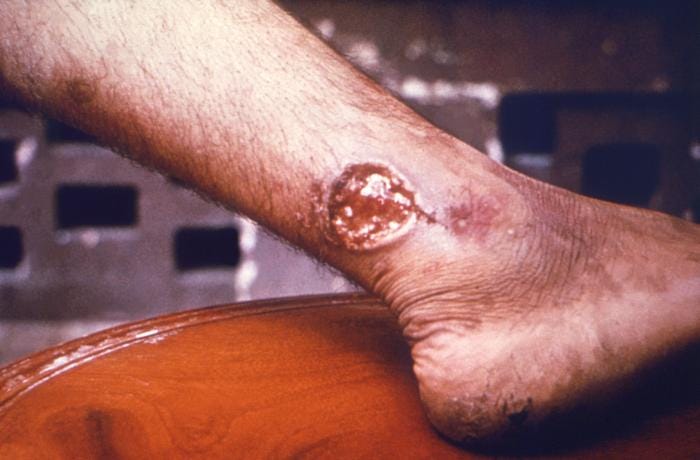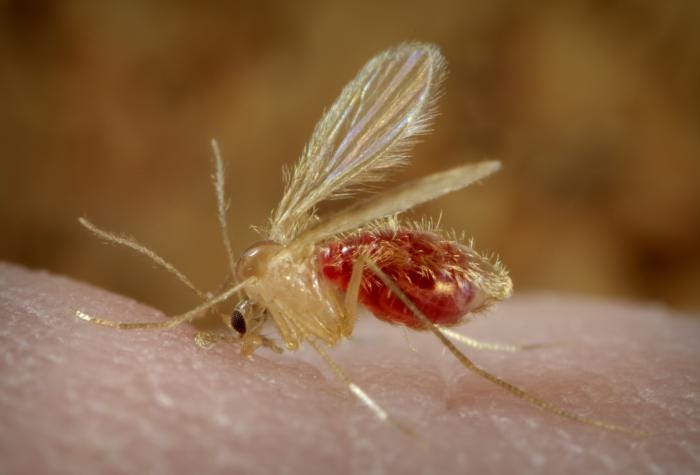Health practitioners in Sirte, in northern Libya, are reported dozens of cutaneous leishmaniasis cases in four areas during the the past three months.
The head of the leishmaniasis program in the Central region said the 38 cases were distributed as follows: 15 in the Al-Washka area, including seven cases among Egyptians and Africans, while ten cases appeared in Abu Qurain and eight in the Zamzam area. The dermatology clinic at Ibn Sina Teaching Hospital in Sirte received five cases infected with the disease.
He added that the cases were treated with Pentostam (sodium stibogluconate) antileishmanial drug and the current surge of cases is related to the increasing density of the sand fly vector as a result of the absence of vector control activities.
2016 Podcast Interview: Cutaneous Leishmaniasis explosion: An interview with Dr Peter Hotez
Leishmaniasis is not a single disease, but a group of syndromes due to a variety of species of this parasite. They affect different populations and are related to a characteristic vector, the sandfly.
The disease can range from asymptomatic infections to those causing significant illness and death. Disease can appear on a spectrum from a single skin ulcer to destructive lesions of the face to terminal organ disease.
Leishmaniasis is found in 88 countries worldwide and is broken down between Old World and New World.
Subscribe to Outbreak News TV on YouTube
Old World leishmaniasis is primarily found in parts of Asia, East and North Africa, Southern Europe and the Middle East.
New World leishmaniasis occurs from northern Mexico to northern Argentina, with rare cases reported in parts of Texas and Oklahoma. In South America it is not found in Chile or Uruguay.
The vector for this parasite is a phlebotomine sandfly. There are a few different species implicated depending on the part of the world.
Support this newsletter with a paid subscription or with a cup of coffee at ko-fi
Sandflies are very small (about 1/3 the size of a mosquito) and make no noise when flying. There bites can sometimes be painless; because of these reasons, many people have no idea they were bitten.
Even one bite of a sandfly can transmit disease, so travelers on short trips can still get infected.
When the female sandfly takes a blood meal it injects the parasite into the wound. Macrophages pick up the parasite and here they multiply until the cell bursts from overcrowding. The parasite goes on to infect more macrophages.
Some of these cells get carried to organs of the body including the liver, spleen and the bone marrow.
There are several species of Leishmania that cause disease in humans. The most common are Leishmania donovani (kala-azar), L. tropica (Baghdad boil), and L. braziliensis (espundia).
To prevent sandfly bites, you should use insect repellents and clothing that covers the entire body, place wire mesh on doors and windows, and use mosquito nets.






